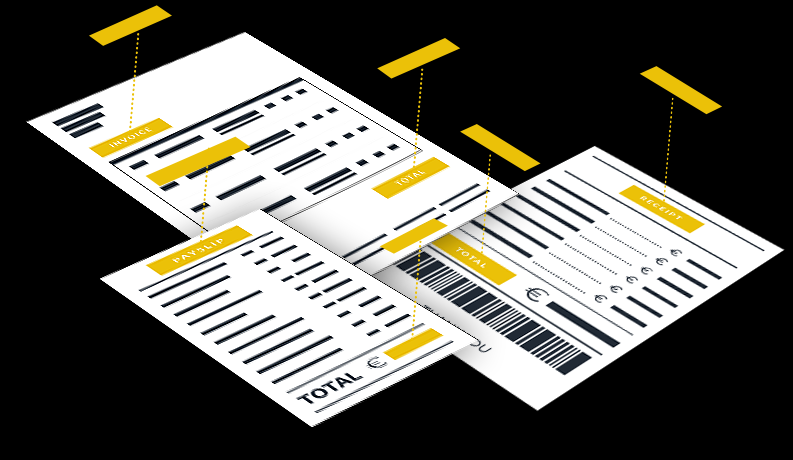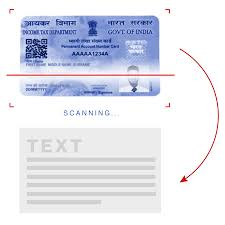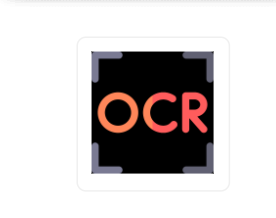Read this article to learn the benefits of incorporating Artificial Intelligence and OCR technology into the legal system.
Artificial Intelligence (AI) is the combination of algorithms designed with the purpose of creating a replica of the human intellect through technological systems and processes. Artificial Intelligence, integrated into systems and machinery, allows to identify problems and solve them, provides information in real-time; clear and objective, thanks to its identification of activity and simplifies decision making, but most importantly, it complements the human intellectual effort to improve the management of all types of systems and companies.
Artificial intelligence contributes to the advancement of management models, not only judicial but also governmental and infallible in international agendas, where issues related to Electronic and Open Government, guarantee online data transparency and public accountability, incorporating appropriate regulatory measures for the protection of personal data.
E-justice is the result of the new possibilities offered by Information and Communication Technologies, incorporating artificial intelligence into the judicial task, and computerizing traditional legal processes. It is a concept that implies any institutional transaction carried out by electronic means, incorporating the figure of the electronic file, the digital signature, videoconference, and digital files.
The use of optical character recognition technology simplifies many tasks and optimizes justice times. It can convert files, signatures, and studies, among others, into text. In addition, if it works integrated into work platforms, it simplifies administrative tasks, allowing greater concentration on other areas, and saving time and money.
Why Are OCR APIs Essential For The Legal System?
OCR technology has completely changed the inner workings of the legal system by improving work platforms. OCR APIs can process expenses, pleadings, deeds, contracts, wills, mortgages, photographs, and police reports. It can process information with 95% accuracy. In the legal system, accuracy in documents is of enormous importance, and sometimes a small grammatical error can delay a legal process. By using OCR technology, it is possible to computer proofread and minimize the error rate.
These APIs analyze optical images, parse, recognize and translate that information into text. The data can be exported in a text file, or provided in Excel, JSON, or CVC. They also allow extracting statistics from this information, which is also good for making statistics about the legal system. These APIs work integrated into work platforms and can improve work dynamics and make tasks easier for employees.
About Optical Character Recognition API
Optical Character Recognition API is a very professional tool. It can process various formats such as jpg, jpeg, and png information and convert it into text or programming commands. With its unique categorization feature, this API helps to organize information into millions of preset or tailored categories. A special feature is that it can parse special characters such as signs, faces, or handwritten text.
This API works with AI, as we have talked about in this article, this technology has machine learning engines that make it constantly improve its performance and productivity. It is an intuitive API, it is easy to use and reliable, and it is compatible with most programming languages. You will be impressed by the results! Try the Optical Character Recognition API!



